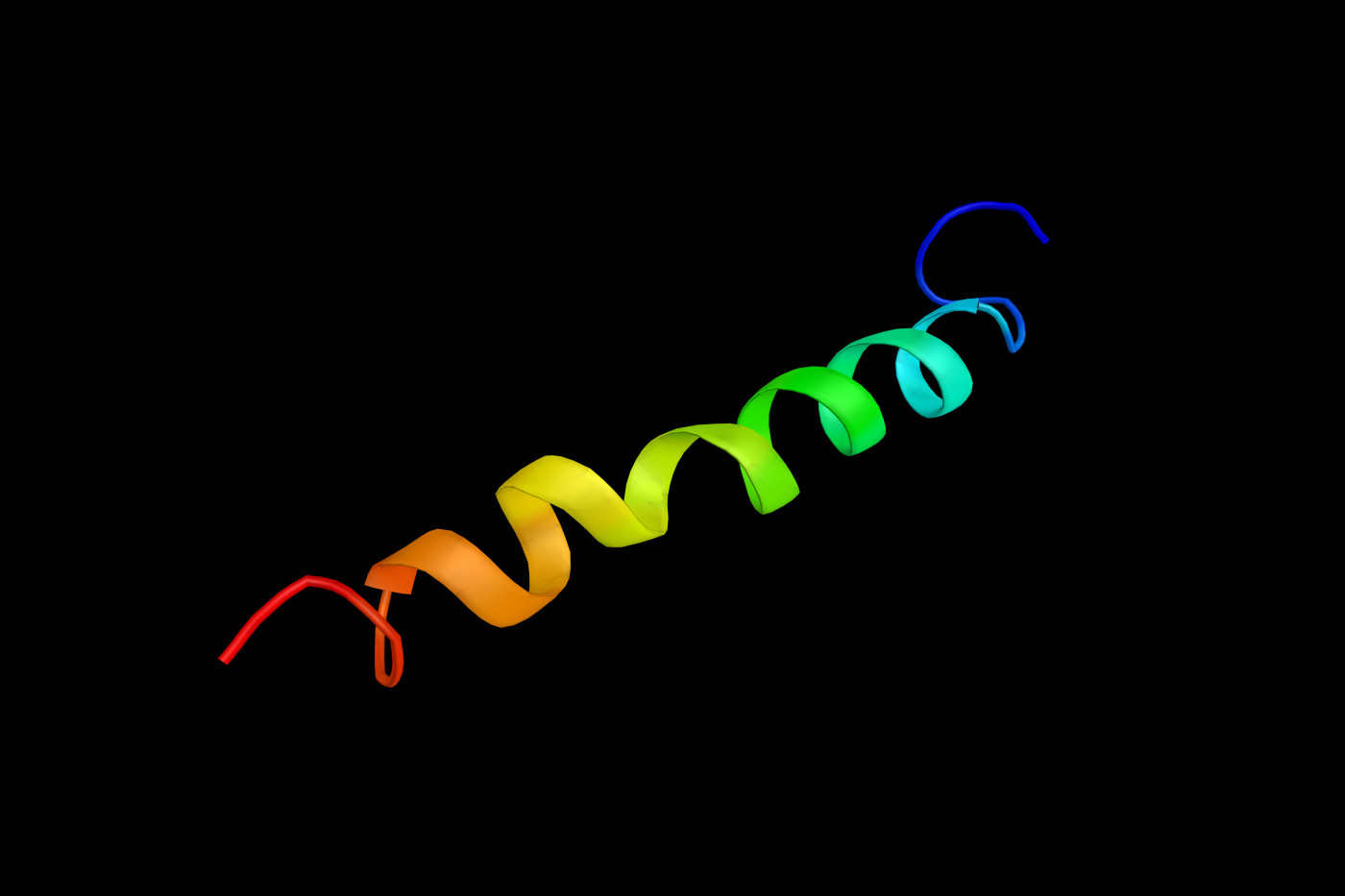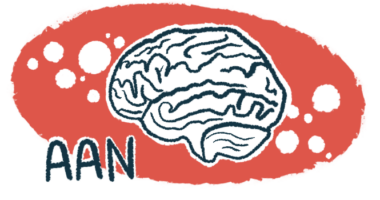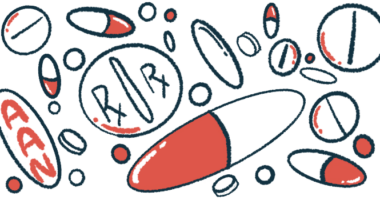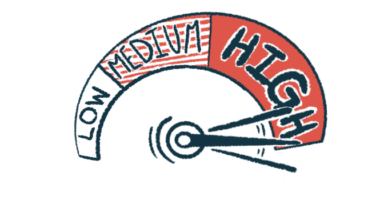Structure of Cdc48 May Provide Clues for Designing New ALS Therapies, Study Shows

Scientists who dissected the structure, and mechanism of action, of the protein Cdc48 — dubbed the “Swiss Army knife of cells” — say it can be explored as a therapeutic target for several disorders, including amyotrophic lateral sclerosis (ALS).
The findings of the study, “Structure of the Cdc48 segregase in the act of unfolding an authentic substrate,” were published in Science.
Cdc48, also known as p97 in humans, is an abundant protein that regulates a series of processes inside cells. It can work together with different molecules, and is able to produce adenosine triphosphate (ATP), which it uses as fuel to break down or assemble different protein complexes. This is particularly important in maintaining protein quality control, the scientists said.
“Cdc48/p97 mutations are linked to multiple diseases [characterized by the accumulation of toxic protein deposits], including multisystem proteinopathy, familial amyotrophic lateral sclerosis (ALS), and Charcot-MarieTooth disease type 2Y, and Cdc48/p97 is an established target for the development of cancer therapeutics,” the researchers said.
“Cdc48 is the [S]wiss [A]rmy knife of the cell and can interact with so many different substrates,” Peter Shen, PhD, assistant professor of biochemistry at University of Utah Health and senior author of the study, said in a press release. “Until now we didn’t have an understanding exactly of how it works.”
The researchers said Cdc48 is a ring-shaped hexamer, whose cofactors assemble like tools in a Swiss army knife, in various combinations.
Shen, together with an international group of researchers, set out to identify and study the activity of particular structures of Cdc48 as it unfolded different protein complexes.
To that end, the team first purified Cdc48 from yeast cells (Saccharomyces cerevisiae) using a technique called co-immunoprecipitation (co-IP). Then, they took snapshots of the protein complex in different configurations while it unfolded other proteins, by quickly freezing the samples using cryogenic electron microscopy (cryo-EM).
“The cells are already doing the hard work for us by making these complexes. Because this method is so fast, we have captured Cdc48 in the act of unfolding a protein substrate,” Shen said.
With this approach, the team found that Cdc48 unfolds proteins by adopting a helix-like configuration at the regions where it is connected to those proteins. It then threads them through a central pore in its structure, using a hand-over-hand movement.
The team is convinced these mechanisms also may be present in human cells, and not only in yeast cells. That’s because Cdc48 is highly conserved among different organisms and closely resembles p97 in humans.
“Future priorities include determining the mechanism of substrate [protein] engagement and translocation in the presence of other adaptors/activators, resolving how pathogenic [disease causing] mutations in human p97 affects its substrate processing functions, and leveraging the new structural insights in the development of Cdc48/p97 inhibitors that have potential as therapeutic agents,” the scientists said.






